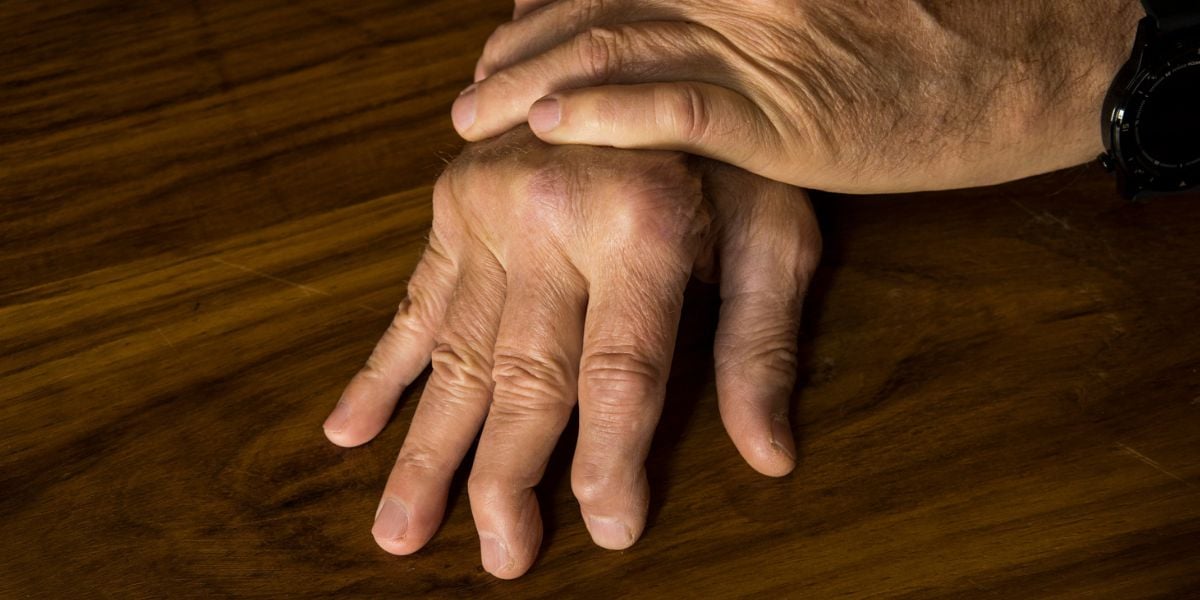The sound of knee joints cracking or grinding should not be used to predict early osteoarthritis in young people who have suffered traumatic knee injury, according to a new study which challenges current thinking.
The authors of the study say their findings should deter health professionals from overinterpreting crepitus (noisy knees) in young, active patients.
They say it should also provide reassurance to younger people who have undergone surgery who may be concerned that creaking knees could be a sign their joint is deteriorating.
- Reducing blood flow during exercise shows promise for people with rheumatoid arthritis
- Knee osteoarthritis pain reduced by yoga
- High intake of ultra-processed foods associated with osteoarthritis
The study analysed 112 young people following anterior cruciate ligament (ACL) reconstruction, using MRI scans and patient surveys to track osteoarthritis signs over five years.
According to the findings, knee crepitus was linked to cartilage damage and worse symptoms a year after surgery but was not a predictor of joint damage over time.
La Trobe University graduate researcher and physical therapist Jamon Couch said: “We found that those with knee crepitus demonstrated more than two and a half times greater rates of full-thickness cartilage defects in the kneecap area, with more pain and poorer function early on.
- Turmeric can help people with type 2 diabetes lose weight
- SGLT-2 inhibitors to become first-choice treatments for type 2 diabetes
- Dementia risk lowered by type 2 diabetes drug
“But over the next four years, those with crepitus did not experience worse pain and function compared to those without knee crepitus.”
Around half of people with an ACL rupture will develop symptoms of osteoarthritis and changes to the joint within 10 years of injury – almost 15 years earlier than those without an ACL rupture.
Dr Adam Culvenor, head of the Knee Injury Research Group at La Trobe, said: “It also highlights the importance of staying active and engaged in rehabilitation to avoid or delay osteoarthritis.”
Read more in Arthritis Care & Research






